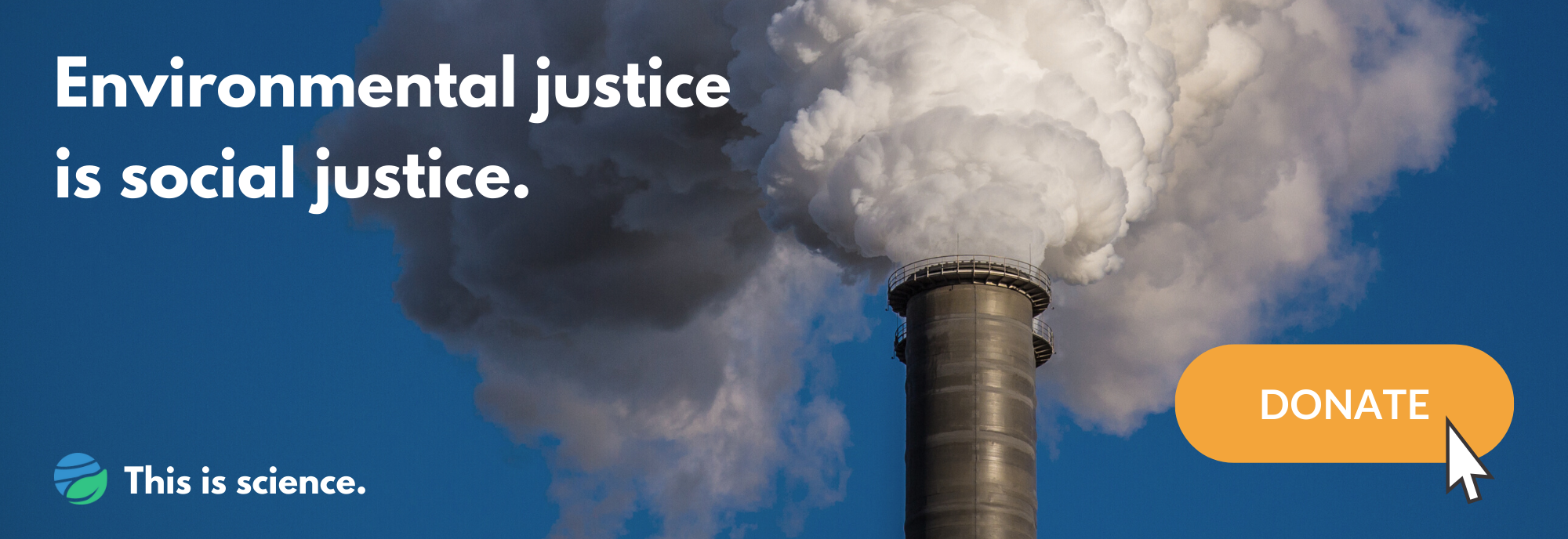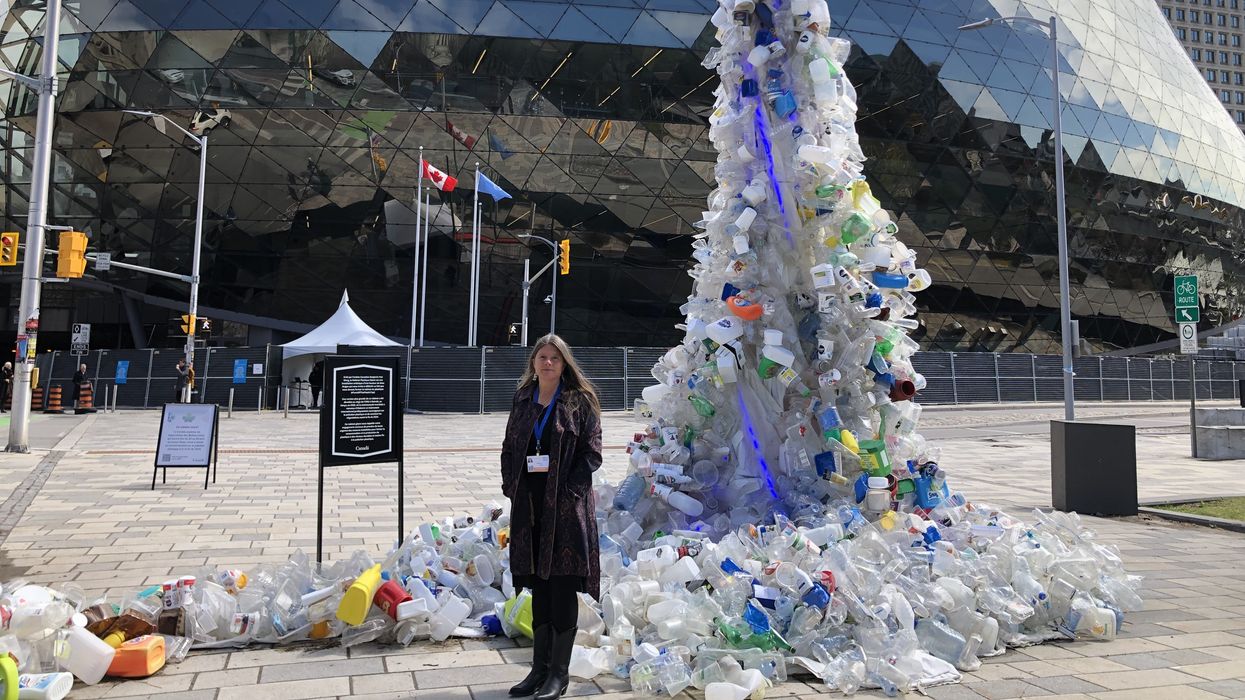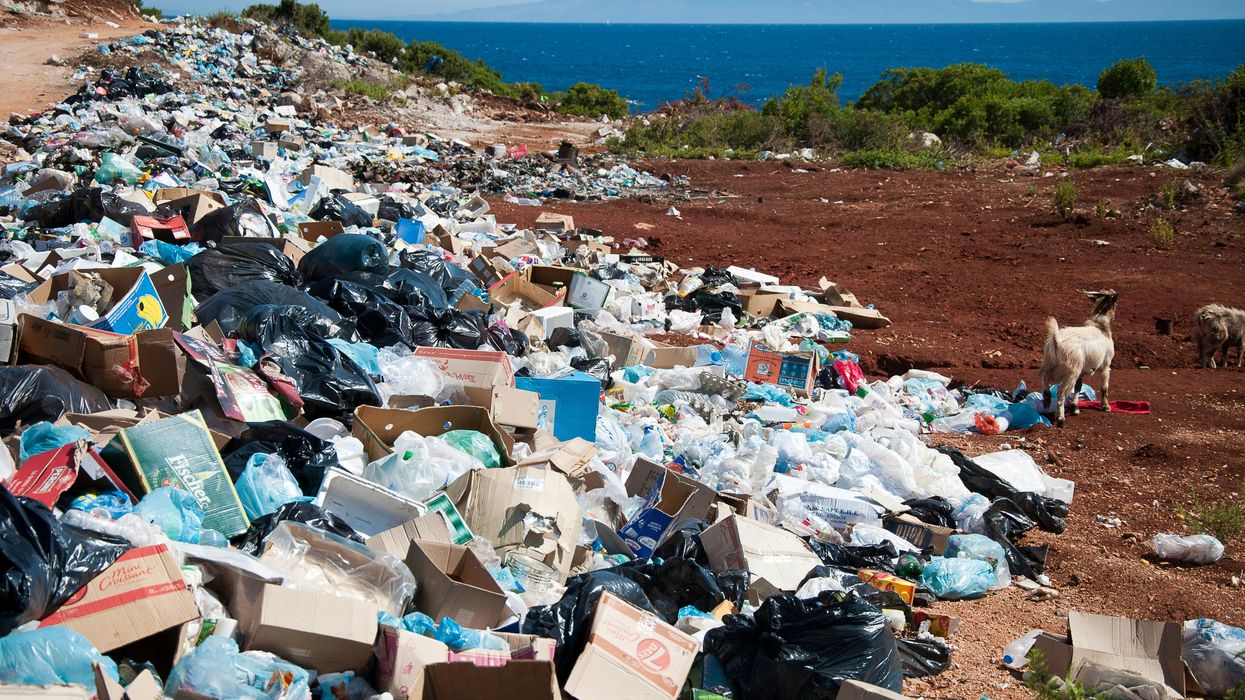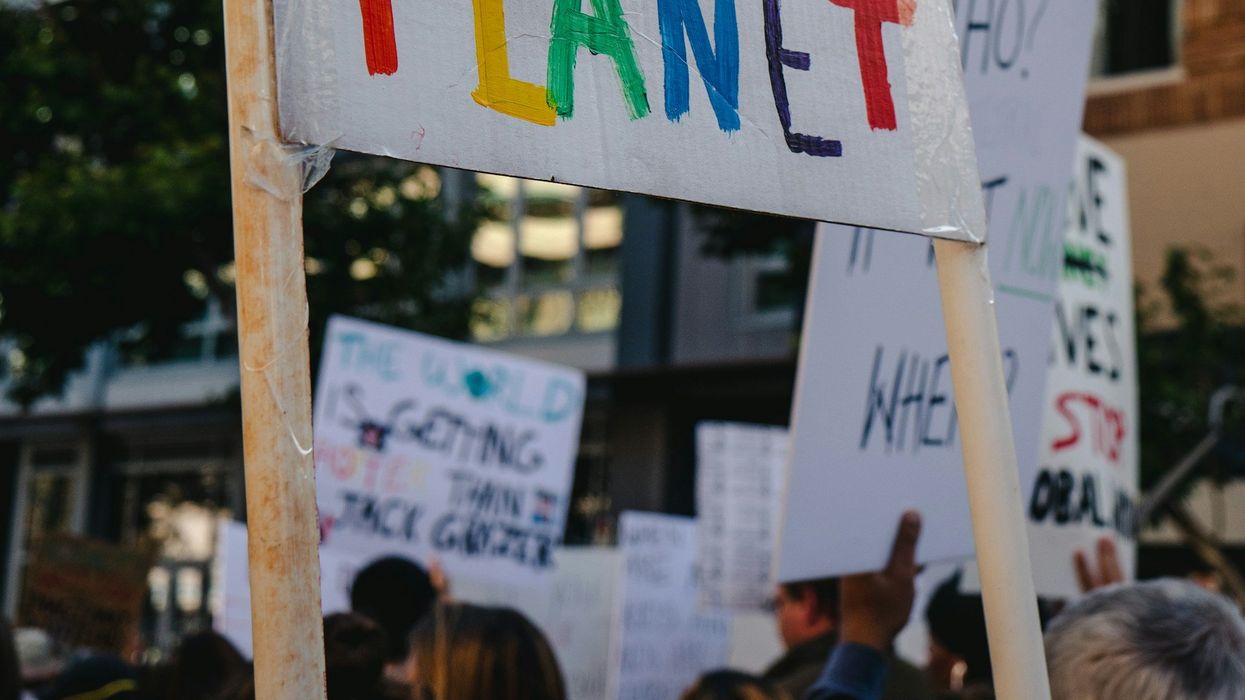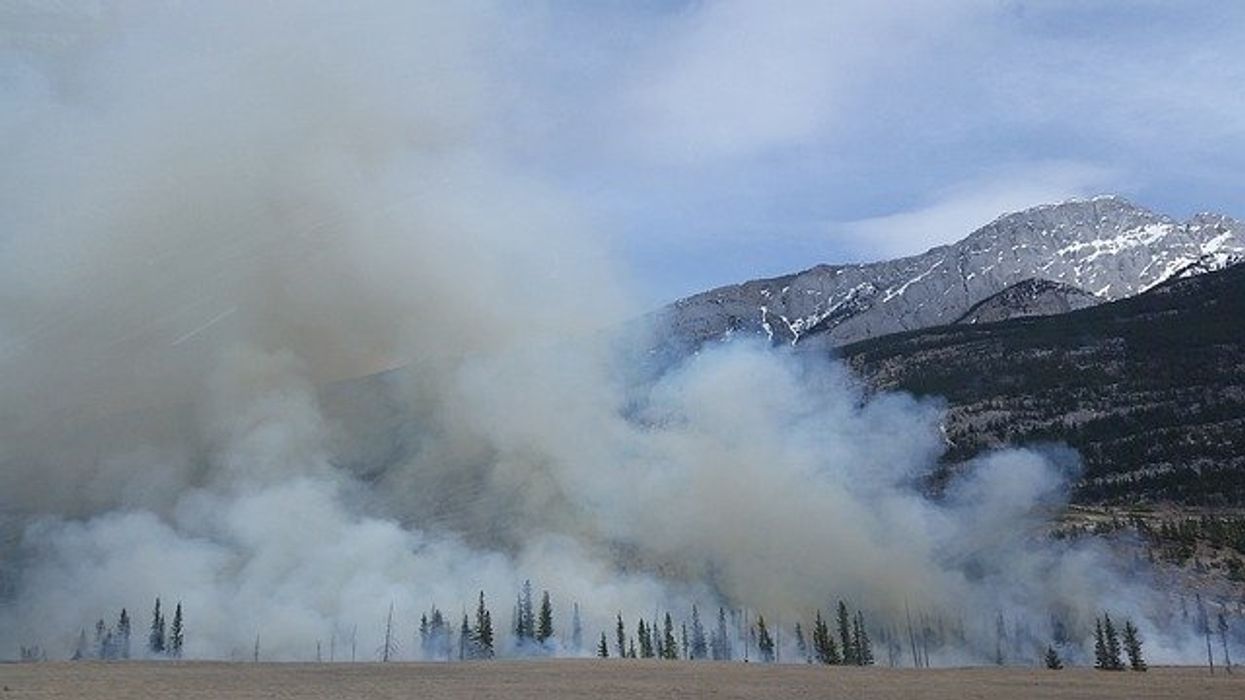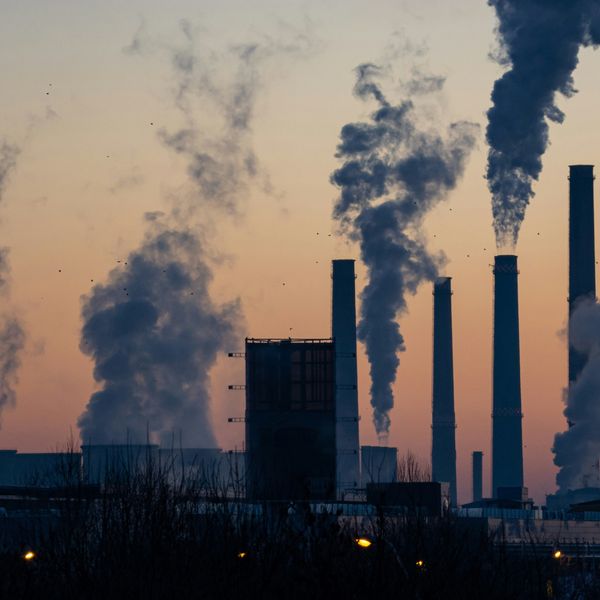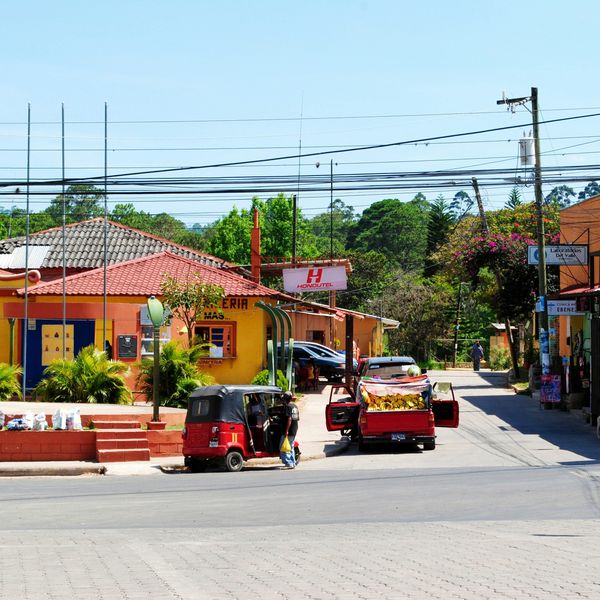"Learn from the past, prepare in the present, to defend the future." – Indigenous artist, Gord Hill (Kwakwaka'wakw)
Growing up in Detroit I witnessed the intersection of race, poverty, and health disparities.
Detroit has a history of deeply entrenched racial, social, and economic divides, which affect choices in housing, education, and livelihood.
Detroit—nearly 80 percent African-American—is the largest majority minority city in the U.S., and the second most impoverished. Life expectancy of those living in the city is about 15 years shorter than the average person living in nearby suburbs. These are the impacts of racist policies, racist practices, and environmental racism.
Detroit mirrors many cities that have neighborhoods with minimal resources, poor infrastructure, and concentrated poverty. Residents of my neighborhood suffer from exposure to landfills, industry-related air and water pollution, increased presence of liquor stores and fast-food restaurants, and a scarcity of healthy and affordable grocery stores.
This essay is part of "Agents of Change" — see the full series
This fueled my desire to advocate for and help communities strive for health equity and environmental justice. Communities of color too often are given poorer food options, excessive pollution, and limited resources. Environmental justice research on these communities has largely failed to involve participants in a meaningful way that prompts change or gives residents more power over their situation.
But a pivot to community-engaged research offers a way to get beyond extractive science and give voice to under-represented cities.
Zip codes should not predict health
In the U.S., where someone lives is directly related to their health. The disparities related to COVID-19 have made this even more apparent. The environments where Black, Brown, and low-income communities reside are drastically different from their White counterparts. When you look at the intersection of race and class and place, the communities most impacted by this pandemic are the same communities that have largely been forgotten. Many low-income and communities of color have:
- Limited food options (excessive fast-food restaurants and limited grocery stores) and inadequate neighborhood conditions (lack of safety) that contribute to the proliferation of hypertension, diabetes, and obesity;
- Groundwater contamination and excessive lead toxicity resulting from outdated infrastructure (lead paint and old pipes) that result in higher rates of hypertension, kidney damage, and can impact birth and developmental outcomes;
- High rates of neighborhood degradation (illegal dumping) which results in increased pests, rodents, disease, infection, and distress;
- Higher rates of particulate matter (PM2.5)/air pollution resulting from hazardous waste and other polluting sites (noxious facilities, incinerators, transportation thoroughfares nuclear plants, and Superfund sites) causing higher and more severe rates of asthma as well as elevated risks of leukemia and cancer.

Marathon's Detroit Refinery. (Credit: ddatch54/flickr)
These environmental inequities have permeated our country for decades. These injustices aren't mere happenstance—access to housing, community development, and healthful resources, or the lack thereof, is linked to a history of redlining in this country that continues today.
While many understand redlining as a historic practice that exploited, under-resourced, and targeted low-income and African American neighborhoods, most don't realize that financial exploitation is still happening.
When I was younger, my mom wanted us to move to a neighboring community. At the time, the house cost about $25,000, her credit was stellar, she also had the backing of another family member and collectively their incomes were more than adequate. Without rationale we were denied a home loan. This is a typical experience for many African Americans in Detroit, who today are still twice as likely to be denied home loans than White counterparts. This restricted my family to a less than ideal neighborhood with fewer resources, subpar grocery stores, and limited investment opportunities.
Historical and present-day discrimination allows certain communities to have and others to struggle. And because affluence, and often whiteness, translate to greater economic power and subsequent political power, communities of color have less capacity for resistance. But as researchers, we can help change that.
Building community capacity

Thousands of people took the streets of Detroit ahead of the Democratic presidential debate on July 30, 2019. (Credit: Climate Justice Alliance/flickr)
These health disparities are a result of economics, issues related to equity and equality, and power dynamics that affect the distribution of resources and policy decisions. This is a phenomenon that has been studied by experts for more than 50 years under the umbrella of environmental justice. All communities are entitled to the protections that foster a healthy environment, and all community members have a right to participate in decisions that affect their community, their health, and their livelihoods. Active community engagement in problem-solving and decision-making is one means of addressing environmental racism. The ability to demand policy, social, and structural change requires community power. For this reason, building capacity in communities is vital for redressing environmental injustice.
Building community capacity requires strengthening characteristics that enable a community to mobilize and address concerns. These characteristics include:
- Skill-building and leadership development such as advocacy training, conflict resolution and communication skills, problem-solving, and strategic planning;
- Enhancing community power by elevating lived experiences and enabling access to scientific data, as well as creating opportunities to be involved in decision-making processes;
- Creating partnerships and developing strategies that are in alignment with community needs, values, and goals.

Frontline Detroit March and Rally in 2019. (Credit: Climate Justice Alliance/flickr)
In my research, I try to understand how these characteristics are being enhanced, how communities are being engaged with, how power is being redistributed within communities to address their concerns, and whether those efforts are making impactful and sustainable changes.
For example, in my most recent research, I looked across three decades of studies related to pollution concerns and found that most research focused on the 'low hanging fruit" of capacity building. Researchers often engaged minimally with communities through recruitment, offering incentives, educating residents through forums, and helping to create or extend partnerships and networks.
These 'low hanging fruit' activities are not enough because they are often extractive, taking from the community more than they give. Many studies did not emphasize community values and the needs of the community, provide opportunities where their research could be used to leverage and understand root causes, identify historical challenges and move to address those underlying issues, or build leadership in a meaningful way. And further, most studies did not succeed in achieving any policy or environmental change.
This essay is also available in Spanish
I am also the lead evaluator of the U.S. EPA's Environmental Justice (EJ) Academy and the findings from my work further support this misalignment of academic research with the needs of the community. After participating in the Academy, community leaders implemented a specific project in their respective neighborhoods to address an environmental justice concern. Most of these projects focused on skills building and training, aligning projects with community values, leveraging existing resources, critical reflection, and leadership development.
One project in particular was able to implement a small policy win in the installation of a couple stop signs. While this isn't necessarily a big deal for the average person, these stop signs were located in a community that semi-trucks were using as a shortcut, leading to high levels of diesel pollution. These polluting sources significantly impacted the neighborhood elementary school with high rates of children experiencing asthma. The stop signs became a deterrent for the trucks, reducing traffic and pollution. As a result of leveraging learnings from the EJ Academy with respect to community mobilization and partnership development, this small win for a small neighborhood has had great impacts on the health of many in the community.
Not only did they achieve desired environmental change and advance efforts toward policy change, but these projects uplifted, empowered, and most importantly invested in community renewal efforts, not extractive ones. Lessons can surely be gleaned from successful EJ Academy community projects and applied to the academic realm, as greater alignment with community needs and values can ultimately lead to greater impacts.
There is a misalignment in environmental justice research
Unfortunately, academia has a history of helicopter science, where researchers collect data with little or no engagement with the community or local researchers. The focus needs to be shifted beyond mere engagement for data collection to real partnership that emphasizes sustainability, uplifts the community, and creates an opportunity for policy, systems, and environmental change. Enhancing a community's capacity is not easy, but in order to promote solidarity we must strive toward genuine collaboration.
Granted not all research studies have intentions of making policy, systems, or environmental change. And, the relatively short-term funding cycles of research makes long-term change more challenging. However, research should always be mutually beneficial and in alignment with the values and needs of the community that is being studied.
Shift to a focus on communities

Children playing on Detroit's Riverwalk. (Credit: Steve Swartz/flickr)
So, where do we start and how do we get there?
First, a reorientation of how we interact with communities, what is elevated as best practice, and what is prioritized in the realm of research must be addressed. We know that racism is toxic, but helicopter science and extractive science that pokes and prods impacted communities is equally toxic.
Second, at its core, environmental justice is about relationships. We must truly be vested in the community to build trust; create solutions that are practical, effective, and sustainable; ensure that those who are impacted share and lead in the decision-making process; and elevate the research to maintain a primary focus of equity and justice.
The structure of the EJ Academy provides a great model for how to shift the orientation to community. The framework uses 7 core components: issue identification, leadership development, consensus building, partnership, constructive engagement, management, and evaluation. By focusing on these, the Academy teaches us how to center the work on community priorities and cultivate a shared vision in addressing community concerns. These teachings can help reorient university researchers to infuse their research with inclusion, equity, community-driven practices, and relationships.
This is capacity-building, and this is also what being a community-engaged researcher looks like. It is intentional and grounded in authentic community interactions. It is founded in respect, and fosters partnerships among those with lived experiences at the collision point of social and environmental justice. It is a fundamental shift to the ways in which we as researchers, scientists, and academics interact with the people in our research communities.
For me, as a behavioral scientist, my affinity for public health, environmental justice, and community are personal and professional, as it is profoundly linked with my morals and ethics. My upbringing in Detroit has shaped my desire to truly impact the lives and livelihoods of the marginalized communities that I come from and stand with.
It is this interconnectedness of the past and high regard in the actuality of the present, that drives this desire to disrupt and agitate the status quo.

This essay was produced through the Agents of Change in Environmental Justice fellowship. Agents of Change empowers emerging leaders from historically excluded backgrounds in science and academia to reimagine solutions for a just and healthy planet.
Banner photo: Mural in Detroit. (Credit: Mike Boening Photography/flickr)
- EPA's chemical safety rule tests the Biden Administration’s commitment to environmental justice - EHN ›
- EPA's chemical safety rule tests the Biden Administration’s commitment to environmental justice - EHN ›
- LISTEN: Dr. Beverly Wright on how to keep environmental justice momentum - EHN ›
- Around the US, illegal dumping creates mental health challenges - EHN ›


